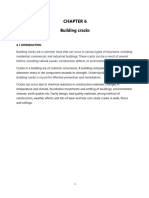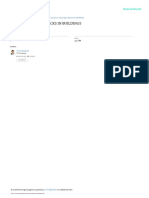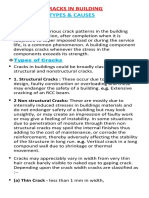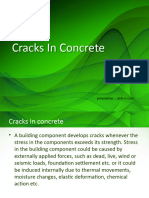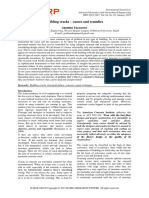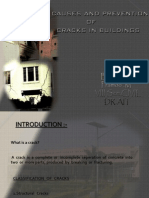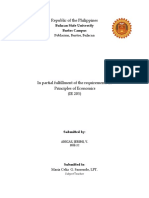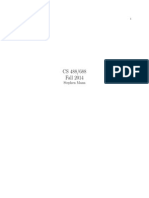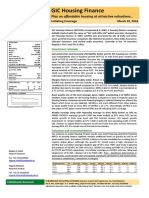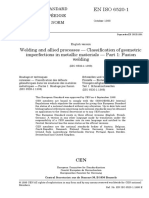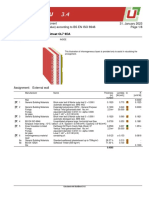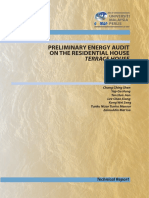0% found this document useful (0 votes)
8 views14 pagesAkash s4b
The report discusses the various types of cracks in buildings, their causes, and the implications for structural integrity. It categorizes cracks into structural and non-structural, detailing their origins and potential consequences, such as water damage and pest infestations. The document emphasizes the importance of identifying the cause of cracks and implementing appropriate repair and preventive measures to maintain building safety and longevity.
Uploaded by
dd1616397Copyright
© © All Rights Reserved
We take content rights seriously. If you suspect this is your content, claim it here.
Available Formats
Download as DOCX, PDF, TXT or read online on Scribd
0% found this document useful (0 votes)
8 views14 pagesAkash s4b
The report discusses the various types of cracks in buildings, their causes, and the implications for structural integrity. It categorizes cracks into structural and non-structural, detailing their origins and potential consequences, such as water damage and pest infestations. The document emphasizes the importance of identifying the cause of cracks and implementing appropriate repair and preventive measures to maintain building safety and longevity.
Uploaded by
dd1616397Copyright
© © All Rights Reserved
We take content rights seriously. If you suspect this is your content, claim it here.
Available Formats
Download as DOCX, PDF, TXT or read online on Scribd
/ 14








